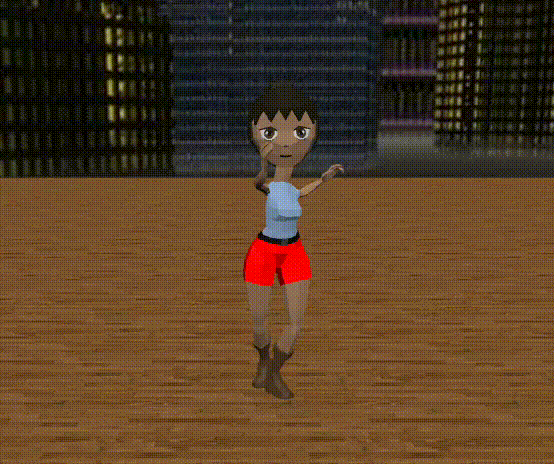Hello, I’m a beginner at using Babylon.js and I had a few questions hopefully someone can steer me in the right direction.
I have a character base model with various meshes that are armor, clothing, hair, etc attached to one armature/skeleton with various different animations - all in one blender file which I plan to export as one glb file.
What I am trying to achieve is possibly load the one glb file and clone or instantiate the character base model with selected armors and separate animations (but from the same glb import) to create several different characters to control/use. TL;DR - Different meshes combined but from the same glb import.
Questions
1 What would the best way/practice to do this be?
2 Since the armor/weapon/or whatever it may be is a different mesh from the character mesh and I am now cloning/instantiating them, will I have to use play() on each mesh (combined to create the one character) to play a single animation in sync with the character mesh (all meshes use the same armature and have the same animations in the glb file). I can’t help but think this will affect performance especially if I’m hoping to clone/instantiate tons of characters.

